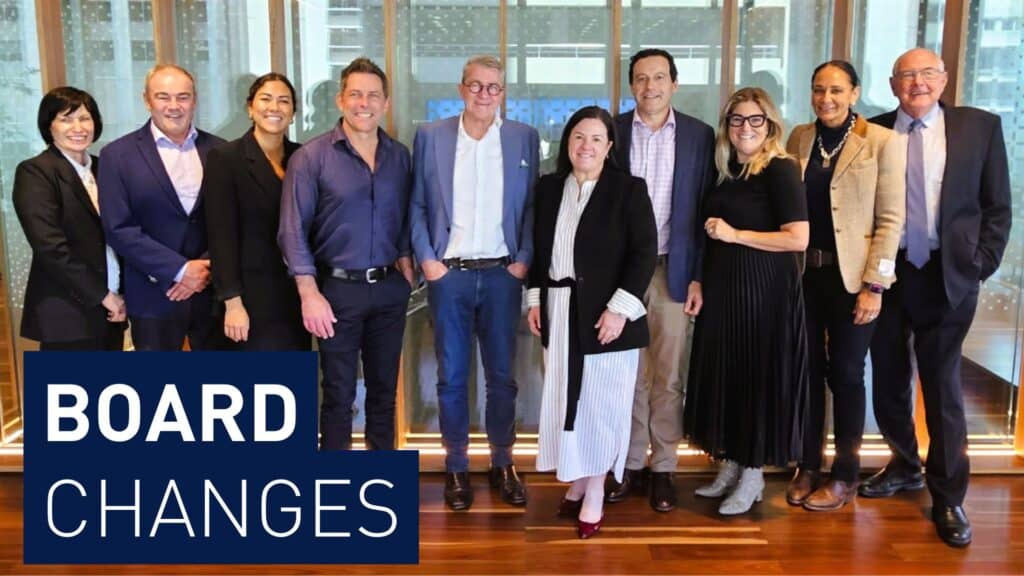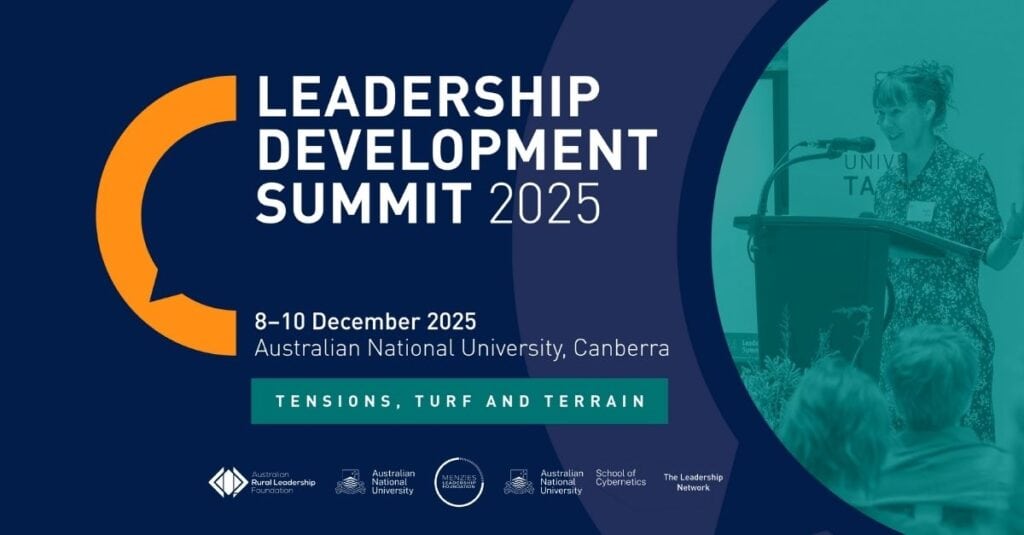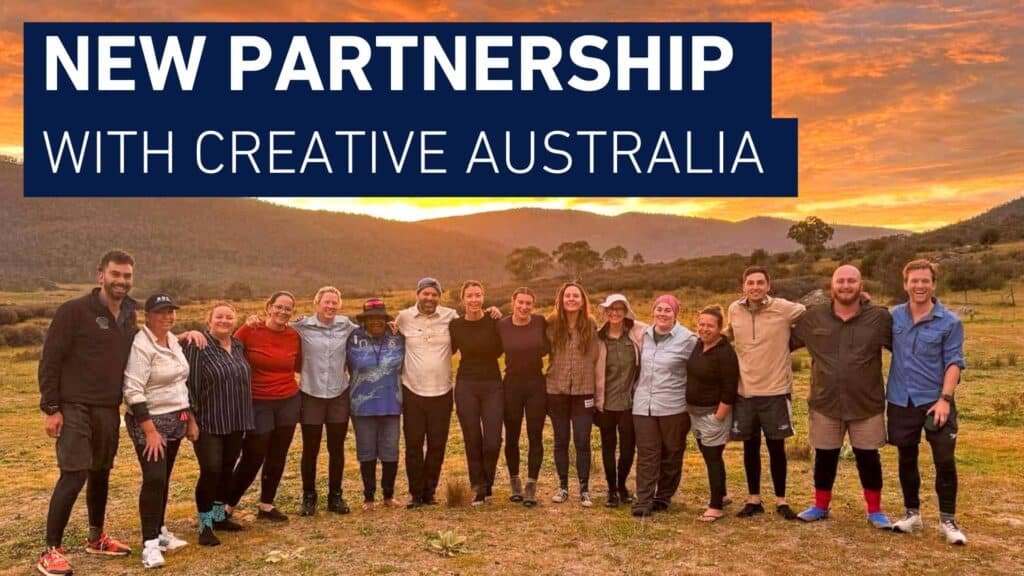A few years ago, I found myself as an unexpected guest at a small community gathering in rural town. It wasn’t a formal event. Just a mix of farmers, health workers, volunteers, and local business owners sitting around a shared meal. As the conversation warmed, people began to share what they were working on and where they were stuck.
One person mentioned that the town had been suffering from the lack of an event that brought people together and visitors to the town. After chewing the fat for a while, one woman piped up with an idea that had heads nodding. Another offered that they could organise the showground to host the event. Someone else chipped in with free advertising. By the end of the night, a rough plan had emerged. It wasn’t official. But it was effective.
That’s the offers and needs model in action even if no one called it that at the time. It’s a structured but simple way to surface what people can give, and what they need. It creates a culture of generosity, reciprocity and shared purpose without relying on money, power or permission.
What is an offer and needs model?
The model works like this: people name their offers whether it be skills, time, resources, knowledge in exchange for their needs which might include support, advice, connections or tools. From there, cooperation and sometimes collaboration flows. Not through competition or hierarchy, but through trust and mutual benefit (read more here).
It can happen anywhere. Around the kitchen table. In team meetings. At global negotiations. Wherever people gather with a willingness to connect and contribute, this model works.
At the Australian Rural Leadership Foundation (ARLF), it resonates deeply with our mission to create ongoing opportunities for rural, regional and remote Australia to thrive. It’s even written as one of our core values – to foster collaboration and act beyond self. We act beyond self for the greater good of our RRR communities and industries because we know that collective leadership leads to greater impact.
This thinking fits hand-in-glove with our mission and in many ways, shapes the way we design, deliver and lead across all of our programs.
Where offers and needs shows up
What I love about the offers and needs model is how flexible and human it is. It’s not bound by job titles or budgets. It’s something that can happen anywhere people gather.
It might be a family sitting around the kitchen table on a Sunday night, talking through what they need in the week ahead. A teenager might say, “I can help with cooking dinner,” while asking for support with an assignment. That’s an offers and needs exchange.
It might be a neighbourhood BBQ where one person offers to mow lawns in return for a hand fixing a fence. Or a community group meeting where people pool transport, childcare and grant writing knowledge to get a local project off the ground.
But it also scales. We’ve seen similar exchanges happen during, disaster response planning, and multi-sector roundtables. The offers and needs might be different (land access, local knowledge, or policy support for example) but the principles remain.
People stating clearly: Here’s what I can give. Here’s where I need help. Let’s work it out together.
That’s what makes it powerful. It centres generosity and humility in the same breath. And it cuts through complexity to focus on connection and action.
How we foster this in our programs
In our Australian Rural Leadership Program (ARLP), each participant is encouraged to explore a personal challenge or opportunity. They work through it using frameworks from their learning sessions and insights from peers.
It’s not about solving everything. It’s about identifying what matters and what’s possible before drawing on collective experience to move forward.
One standout example is the Regional Wellbeing Index, a project born from conversations among members of ARLP Course 26. Four years ago, they asked a simple question: how could better data support stronger funding decisions for rural, regional and remote Australia?
With encouragement from ARLF alumni like Cathy McGowan AO and others, the group formed a committee to design a new framework. Their goal was to measure the strengths and pressure points within communities to help decision-makers to see clearly where investment and support were most needed.
Today, that early idea has merged into a multi-layered project – The Regional Wellbeing Survey – led by Dr Jacki Schirmer and her team at the University of Canberra, who are gathering crucial insights from RRR communities across the country.
ARLF Fellow and Course 26 alum, Stuart Crosthwaite, continues to Chair the Steering Committee and keeps his cohort connected to the progress. The Gardiner Foundation, who supported Stuart during his ARLP journey, have also invested $762,000 into a pilot, to trial the framework in three regions across Victoria.
What began as a personal commitment has become a national resource. This is what leadership looks like when it lives on.
Joining forces with community
Our changemaker workshops bring this model to life. Over two days, community members come together (many meeting for the first time) to talk through challenges and design their own responses.
It’s an energising mix of offers, needs, conversations and ideas. People start seeing possibility where there used to be overwhelm.
In Katanning, Western Australia, back in March 2024, one of our Helping Regional Communities Prepare for Drought Initiative Changemaker workshop sparked the revival of a local drought awareness campaign. From there, the group has been able to pool their resources (and that of their broader community) to re-launched EcoWeek – a series of practical, community-led workshops focused on resilience and sustainability which are set to take place across April and May. The events cover everything from water management and disaster preparedness to off-grid living and First Nations knowledge systems.They’ve created momentum that continues well beyond the workshop itself.
A culture of offering and asking
There’s something deeply human about the Offers and Needs model. It reminds us that we don’t have to be everything to everyone. And that we shouldn’t try.
When people feel safe enough to say what they need (and generous enough to share what they have) the dynamic changes. Suddenly, people aren’t competing. They’re helping each other. They’re looking out for one another. And they’re more likely to take bold steps, because they know they won’t be doing it alone.
That’s why we believe this approach has a unique place in pathways to RRR communities and sectors making progress in areas important to them. It creates a culture that rewards vulnerability as much as it does vision. And in our experience, that’s when leadership truly comes to life.
It’s not complicated. But it does take courage. You must be willing to speak up about what you can offer and admit where you need support.
That kind of honesty builds trust. And trust builds communities, sectors and organisations.
If you want to start somewhere simple, I’d encourage you to try it at your next team meeting or community gathering. Ask each person what they have to offer, and what they need right now. You might be surprised what shows up.
The answers won’t solve everything. But they might just unlock the next step.
That’s the point. Change starts when we stop waiting for perfect plans… and start making generous offers.





